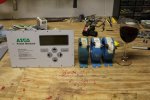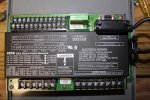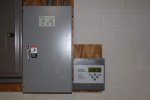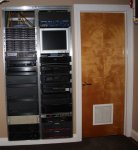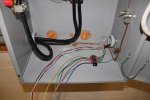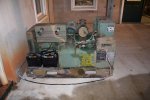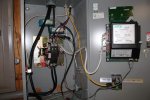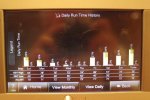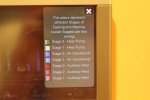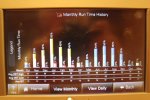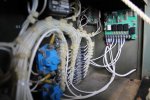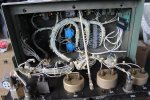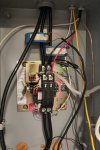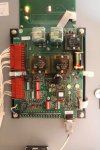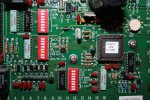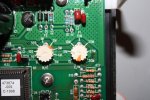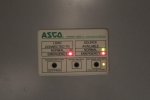That looks familiar - I used to do home theater installations in the 90's. Yes, I recall LaserDisc - nothing like composite video the size of an LP with RF digital audio out... talk about engineering compromises. Fun to watch Back to the Future 2 and see them in bales next to a dumpster - maybe Steven Spielberg saw it coming?

I still have a copy of the original
Star Wars Trilogy in anamorphic-widescreen. That's about the best we can do now that George Lucas isn't selling copies of the trilogy on DVD without the "special education" changes... (no that wasn't a mistake, D@mn you George Lucas!!! D@mn you!!!)
...If I use a capacitor, I would need to put a diode inline between it and the battery to prevent to starter motor from draining it, right?...
That cute load sharing board I linked above is actually two of what they call "Ideal Diodes" - or smart MOSFET management. Both power inputs are already isolated, the load just draws from the most powerful source - you would only have to place a properly sized/rated capacitor after the load-sharing circuit to power the device.
A MOSFET works like a regular diode (the "FETs" they use on that board actually have diodes in them) most of the time, until to apply voltage to the "GATE", at which time it conducts more or less like a piece of wire (vast over simplification). When the GATE is off, the MOSFET will only work like a diode, when the GATE is on it works like a piece of wire. So why use a MOSFET when they have a Diode built in? The diode protects the MOSFET from reverse power (the MOSFET can only take so much voltage in the off state before it gets hurt, it can take up to its rating the "forward" way without getting hurt) - the smarts come in where they measure the voltage across the Diode (built-in) and if it gets to a certain voltage difference it turns on the MOSFET GATE (it's not too high a voltage difference if it is "ON").
Your normal Schottky diode will "consume" about .35-.4 volts, and a normal rectifier diode can consume up to .7 or higher (I've seen 1.4V on some alternator diodes), whereas a MOSFET is similar to a resistive load (usually in the milliohm range) - this means that if you are moving a lot of current it's better to use a 9mOhm MOSFET than a Diode due to the math:
V = I x R
Where "V" - Volts, "I" = current, and "R" = resistance (ohms).
and
P = V x I
Where "P" is power (watts), and V/I are the same as above.
At 24Volts and 3Amps running through a circuit, a rectifier diode would use: 0.7V * 3A = 2.1Watts, a Schottky would use 0.35V * 3A = 1.05Watts, while a MOSFET would use (3A * 0.009Ohms = 0.027V) 0.027V * 3A = 0.081Watts. The other side effect is that unlike a diode which always needs to consume that forward voltage drop (1.4, 0.7, 0.4, 0.35) a MOSFET with it resistive characteristic will actually use up less power the lower the current draw gets. That same 9miliohm MOSFET when only 0.5 amps are going across it: 0.5Amps * 0.009Ohms = 0.0045Volts. I don't know if you're familiar with series circuits, but think of a DIODE or MOSFET as the IRS: "they want their cut" of the system voltage. This means if you put in a smart MOSFET circuit instead of a simple DIODE, as the charge current of the capacitor tapers off due to its time constant - it will actually get in the way less of the system voltage (taking less as the current tapers off). This is great for charging a Capacitor!
I'm using an Ideal Diode circuit to charge engine starter caps in my XM1027 project when I get to that point - it's better than a diode bridge in the way I describe, and what's more it is better at burst power delivery than a battery (so long as it has a battery and an alternator to back it up). It should stretch the life of the Odyssey batteries I plan to install ($$$). Check out what this guy did with a few used Maxwell UltraCaps (I'll need twice as many for 24V and a expect to
purchase new):





